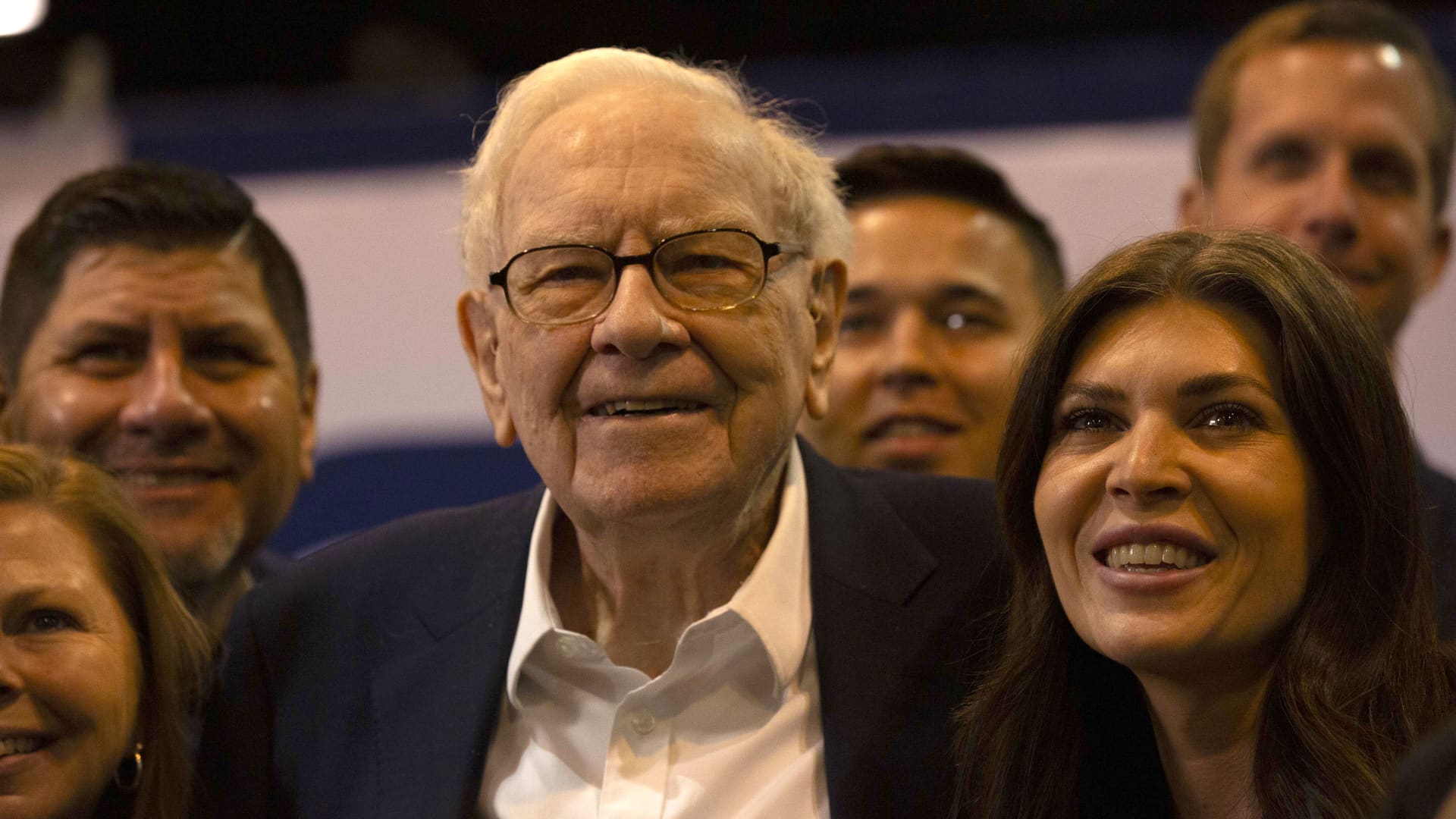Understanding Stock Splits: How They Work
:max_bytes(150000):strip_icc():format(jpeg)/GettyImages-101884783-ad3b0d6130b4425da932616a4dbf557d.jpg)
:max_bytes(150000):strip_icc():format(jpeg)/GettyImages-101884783-ad3b0d6130b4425da932616a4dbf557d.jpg)
Caspar Benson / Getty Images
Understanding Stock Splits
Find out how stock splits work and how they affect investors.
Reviewed by Samantha SilbersteinFact checked by Kirsten Rohrs SchmittReviewed by Samantha SilbersteinFact checked by Kirsten Rohrs Schmitt
All publicly traded companies have a set number of shares that are outstanding. A stock split is a decision by a company’s board of directors to increase the number of shares outstanding by issuing more shares to current shareholders.
For example, in a 2-for-1 stock split, a shareholder receives an additional share for each share held. So, if a company had 10 million shares outstanding before the split, it would have 20 million shares outstanding after a 2-for-1 split.
A stock’s price is also affected by a stock split. After a split, the stock price will be reduced (because the number of shares outstanding has increased). In the example of a 2-for-1 split, the share price will be halved. Thus, while a stock split increases the number of outstanding shares and proportionally lowers the share price, the company’s market capitalization remains unchanged.
Key Takeaways
- A stock split is a corporate action in which a company increases the number of its outstanding shares by issuing more shares to current shareholders.
- Stock splits can improve trading liquidity and make the stock seem more affordable.
- In a stock split the number of outstanding shares increases and the price per share decreases proportionally, while the market capitalization and the value of the company do not change.
- The most common split ratios are 2-for-1 and 3-for-1, which means that a stockholder will have two or three shares, respectively, for every share held before the split.
- Reverse stock splits are when a company reduces the number of shares outstanding, thereby raising the market price of each share.
Why Do Companies Engage in Stock Splits?
When a company’s share price increases to a nominal level that may make some investors uncomfortable or is beyond the share prices of similar companies in the same sector, the company’s board may decide on a stock split. A stock split can make the shares seem more affordable, even though the underlying value of the company has not changed. It can also increase the stock’s liquidity.
When a stock splits, it can also result in a share price increase—even though there may be a decrease immediately after the stock split. This is because small investors may perceive the stock as more affordable and buy the stock.
This effectively boosts demand for the stock and drives up prices. Another possible reason for the price increase is that a stock split provides a signal to the market that the company’s share price has been increasing; people may assume this growth will continue in the future. This further lifts demand and prices.
In June 2014, Apple Inc. split its shares seven-for-one in order to make its shares more accessible to a larger number of investors. Right before the split, each share’s opening price was approximately $649.88. After the split, the price per share at market open was $92.70 (648.90 / 7).
Existing shareholders were also given six additional shares for each share they owned prior to the stock split. So, an investor who owned 1,000 shares of AAPL before the stock split had 7,000 shares after the stock split.
Apple’s outstanding shares increased from 861 million to 6 billion shares. However, the market capitalization of the company remained largely unchanged at $556 billion. The day after the stock split, the price had increased to a high of $95.05 to reflect the increased demand from the lower stock price.
What Is a Reverse Stock Split?
Another version of a stock split is called a reverse split. This procedure is typically used by companies with low share prices that would like to increase their prices. A company may do this if they are afraid their shares are going to be delisted or as a way of gaining more respectability in the market. Many stock exchanges will delist stocks if they fall below a certain price per share.
For example, in a reverse one-for-five split, 10 million outstanding shares at $0.50 cents each would now become 2 million shares outstanding at $2.50 per share. In both cases, the company is still worth $5 million.
In May 2011, Citigroup reverse split its shares one-for-10 in an effort to reduce its share volatility and discourage speculator trading. The reverse split increased its share price from $4.52 to $45.12 post-split.
Every 10 shares held by an investor were replaced with one share. Though the split reduced the number of its shares outstanding from 29 billion to 2.9 billion shares, the market capitalization of the company stayed the same (at approximately $131 billion).
Important
If the math doesn’t work out evenly when effecting a reverse split (for example, you have five shares and there is a two-for-three reverse split), you may receive fractional shares (7.5 in this case), and in some instances may receive cash in the amount of a rounding error, or if fractional shares are unavailable. This is known as cash in lieu (CIL). For tax purposes, CIL is treated as a sale of shares.
How Do Stock Splits Affect Short Sellers?
Stock splits do not affect short sellers in a material way. There are some changes that occur as a result of a split that can impact the short position. However, they don’t affect the value of the short position. The biggest change that happens in the portfolio is the number of shares shorted and the price per share.
When an investor shorts a stock, they are borrowing the shares with the agreement that they will return them at some point in the future. For example, if an investor shorts 100 shares of XYZ Corp. at $25, they will be required to return 100 shares of XYZ to the lender at some point in the future.
If the stock undergoes a two-for-one split before the shares are returned, it simply means that the number of shares in the market will double along with the number of shares that need to be returned.
When a company splits its shares, the value of the shares also splits. For example, suppose the shares of XYZ Corp. were trading at $20 at the time of the two-for-one split; after the split, the number of shares doubled, and the shares traded at $10 instead of $20. If an investor has 100 shares at $20 for a total of $2,000, after the split, they will have 200 shares at $10 for a total of $2,000.
In the case of a short investor, prior to the split, they owe 100 shares to the lender. After the split, they will owe 200 shares (that are valued at a reduced price). If the short investor closes the position right after the split, they will buy 200 shares in the market for $10 and return them to the lender.
The short investor will have made a profit of $500 (money received at short sale: $25 x 100) minus the cost of closing out the short position ($10 x 200). That is $2,500 – $2,000 = $500. The entry price for the short was 100 shares at $25, which is equivalent to 200 shares at $12.50. So the short made $2.50 per share on the 200 shares borrowed, or $5 per share on 100 shares if they had sold before the split.
Is a Stock Split Good for Investors?
Stock splits can be good for investors because they make a stock’s price more affordable, allowing some investors who were priced out before to buy the stock now. For current holders, it’s good to hold more shares of a company but the value doesn’t change. The strength of a company’s stock comes from its earnings, not the price of its stock.
What Is a 3-for-1 Stock Split?
A 3-for-1 stock split means that for every share an investor has, they will now have three shares. The combined value of those three shares would equal the value of what one share used to be. For example, if a stock was valued at $15 and there was a 3-for-1 split, each share would now be worth $5.
Is It Better to Own a Stock Before or After a Split?
It doesn’t matter if you own a stock before or after a split because the value won’t change. A stock split is purely a mathematical decision that does not reflect the valuation of a company. If a company is going to perform well, it will before or after a split. If it won’t, then it won’t even after a split.
The Bottom Line
A stock split is used primarily by companies that have seen their share prices increase substantially. Although the number of outstanding shares increases and the price per share decreases, the market capitalization (and the value of the company) does not change. As a result, stock splits help make shares more affordable to smaller investors and provide greater marketability and liquidity in the market.
Read the original article on Investopedia.









